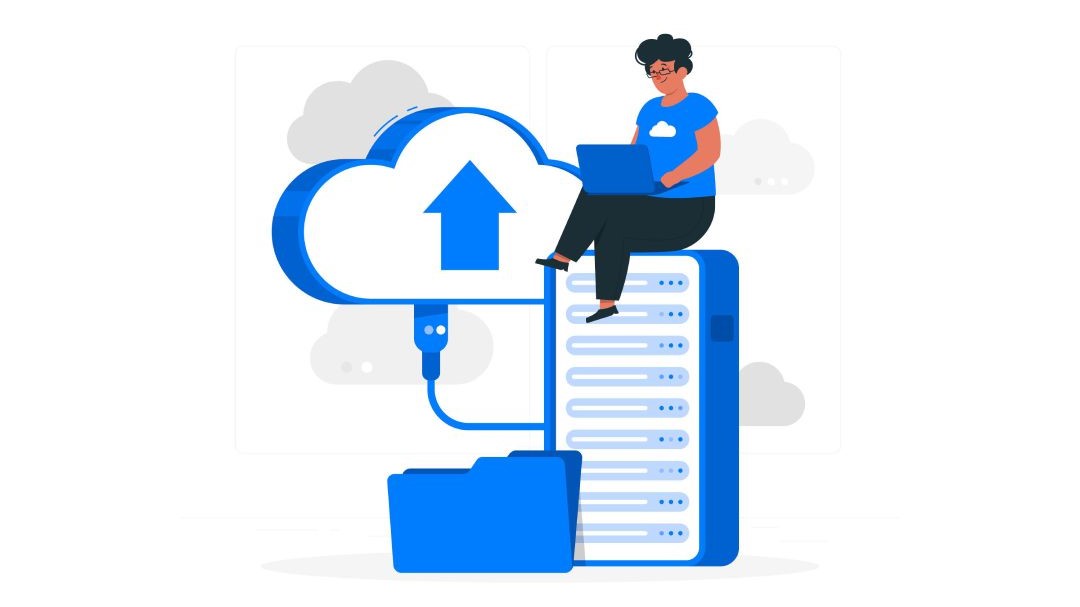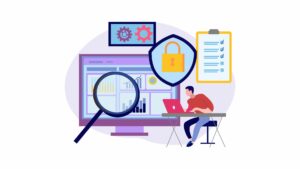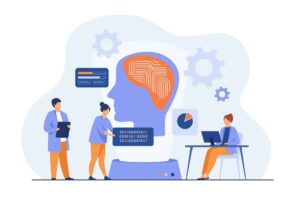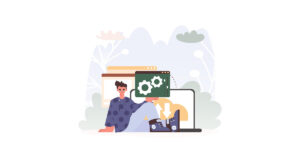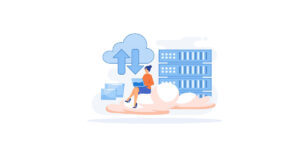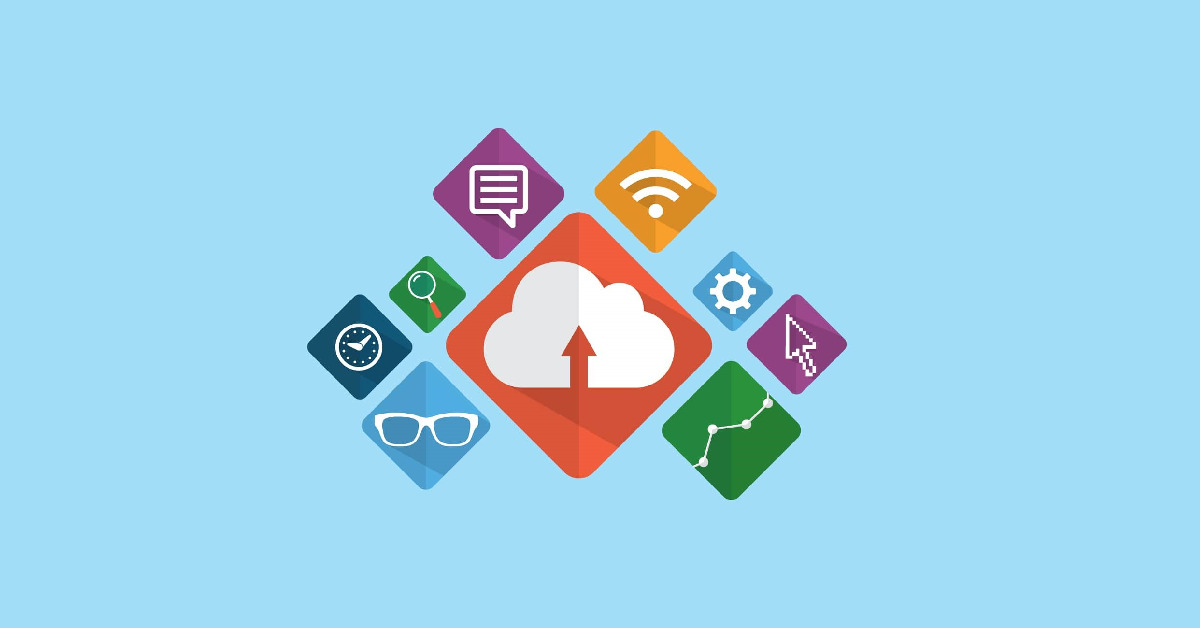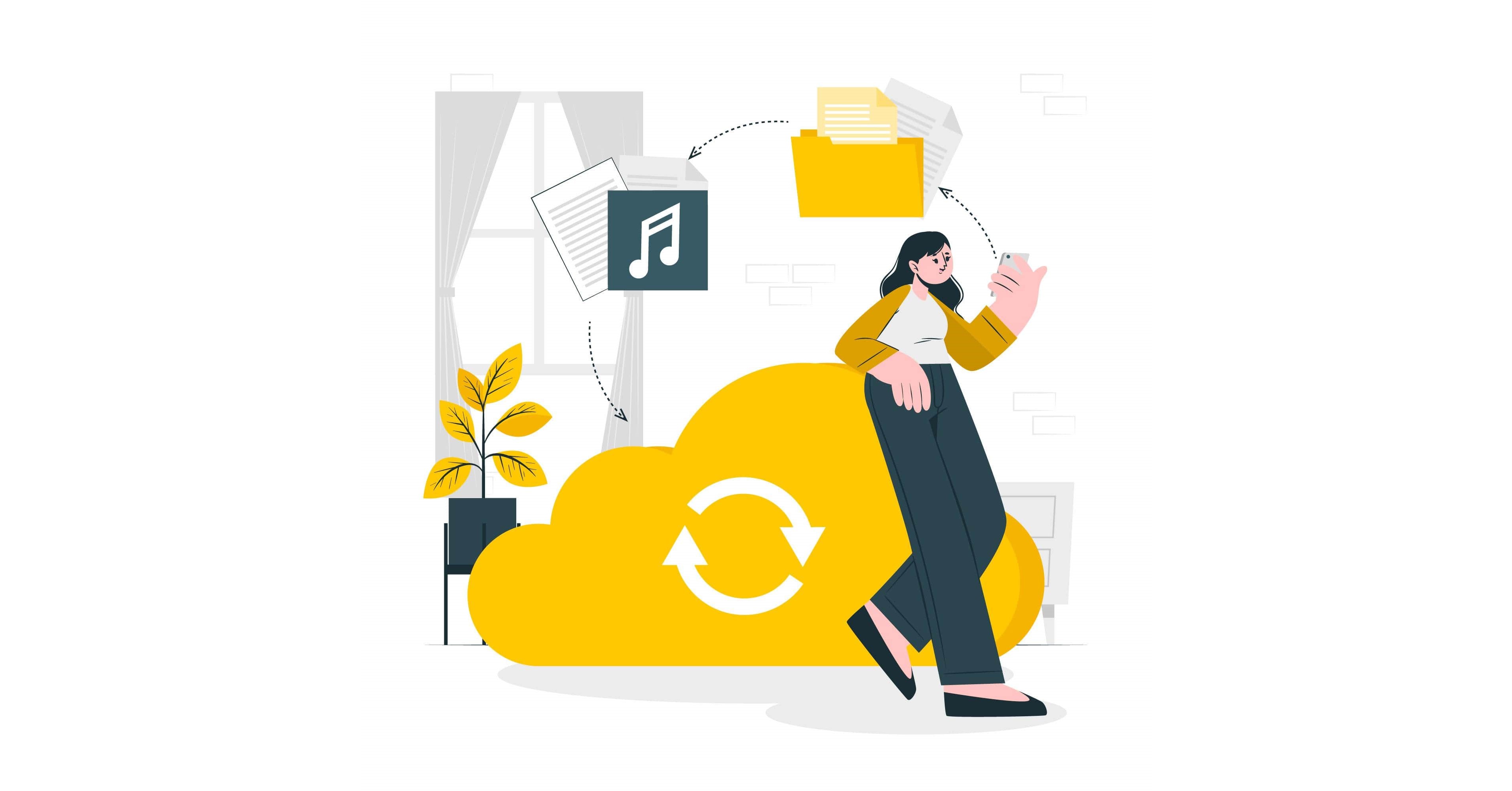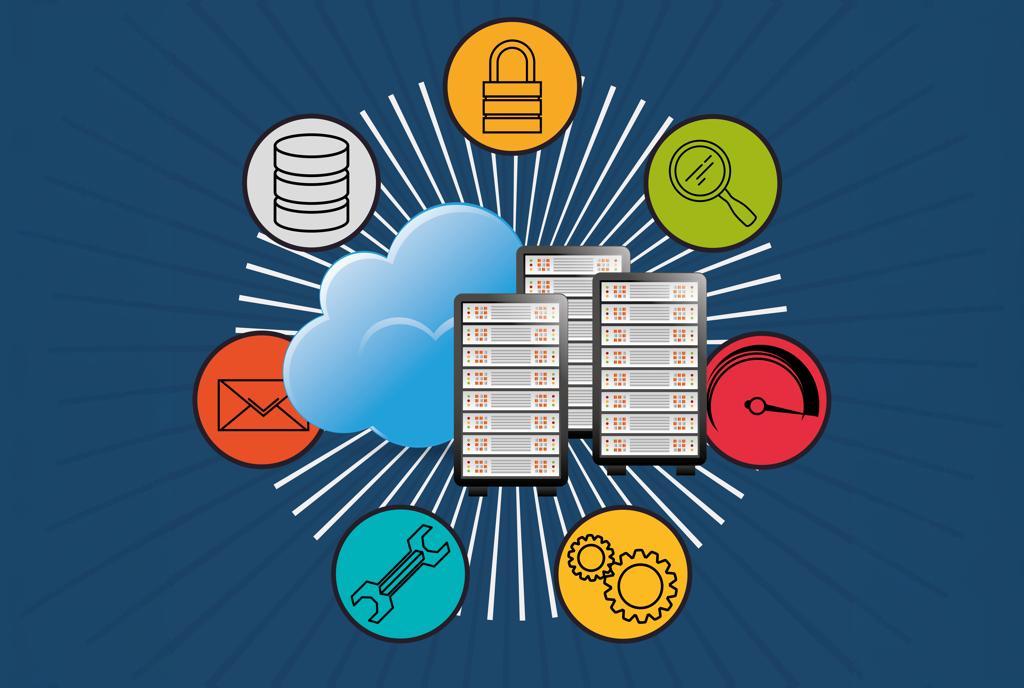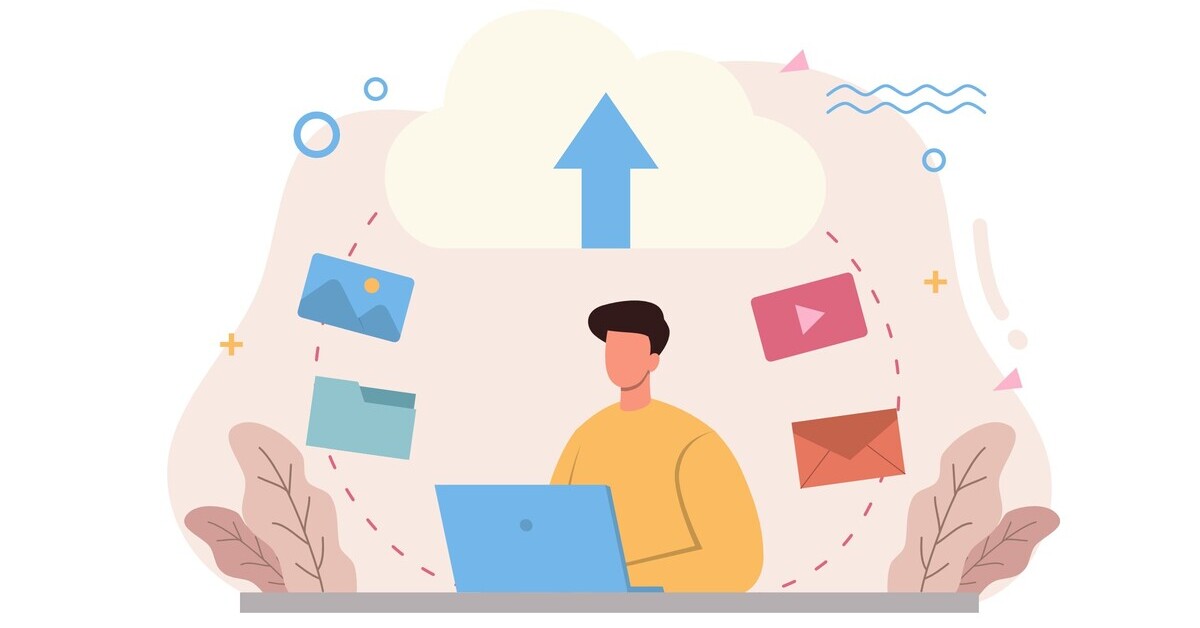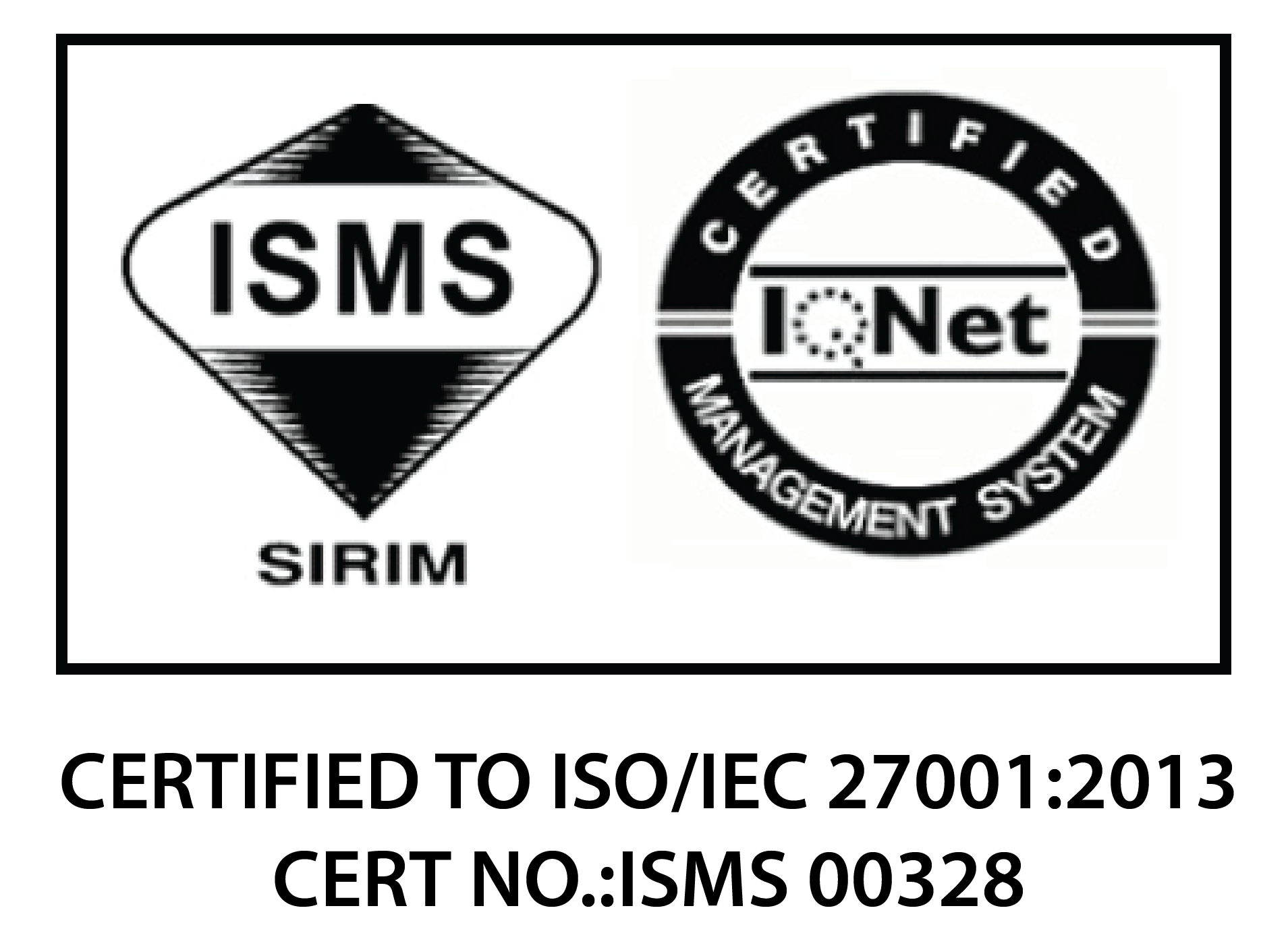As we enter 2023, it is vital that business owners and IT managers stay updated with the latest cloud trends.
This is especially necessary as more businesses move to the cloud in the post-COVID era of hybrid and remote work.
However, the cloud is continuously evolving, which means it can be hard for business owners and IT managers to keep up with the latest cloud trends.
Never fear, as we are here to help. In this article, we discuss the top cloud trends for 2023 to keep your business running in the ever-changing world of cloud computing.
5 Cloud Trends for 2023
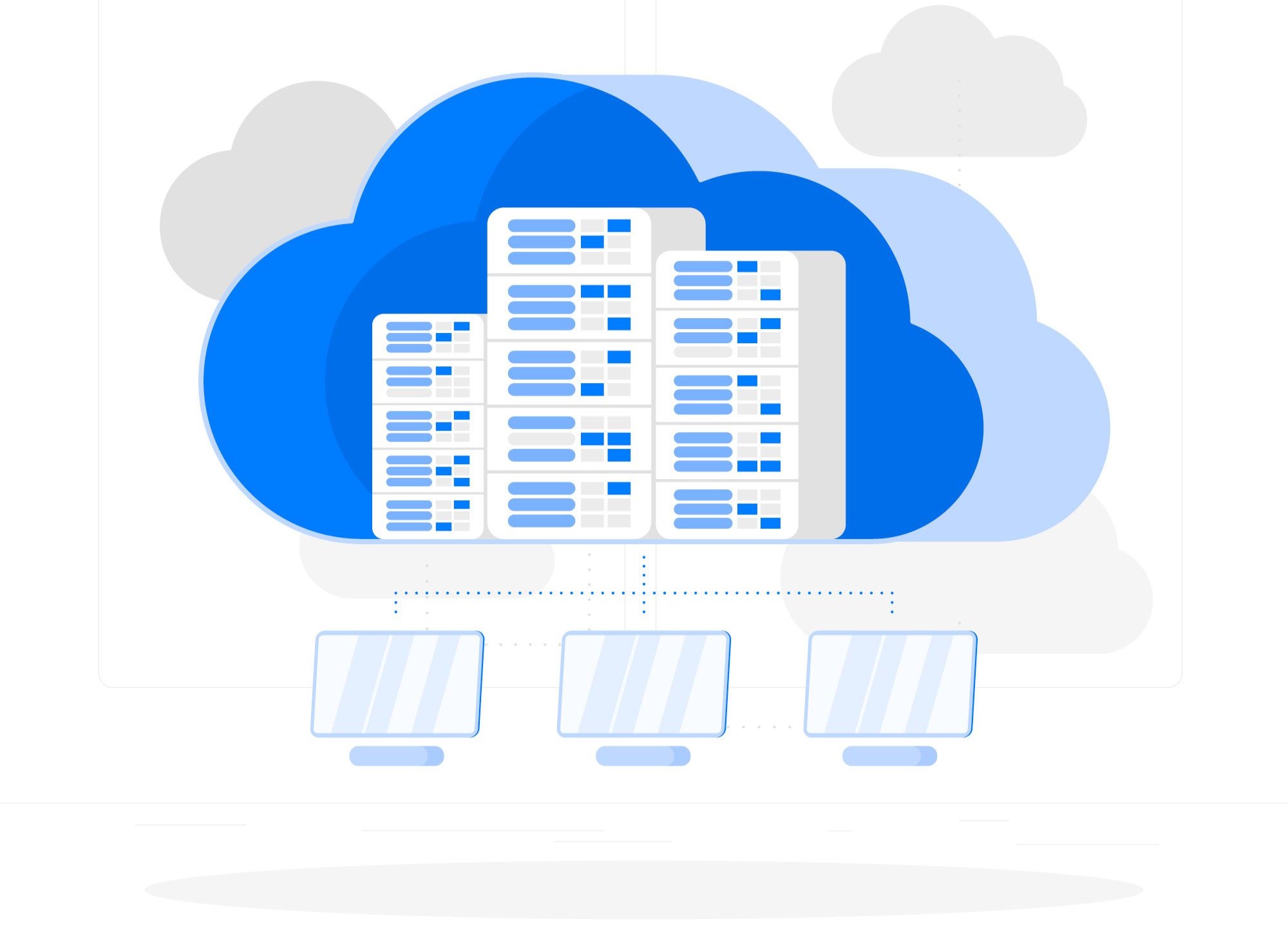
1. Serverless Computing
While serverless computing may be a fairly new invention, it is one of the cloud trends companies should take note of in 2023.
Serverless computing allows developers to focus on coding rather than back-end operations, enabling them to work in an actual platform-as-a-service environment.
Moreover, the server functions are provided via the cloud for a simpler, more cost-effective way for a business to build and operate applications.
For example, the cloud provider will allocate and charge the user for only the resources and storage used to run a code.
Additionally, while servers are still involved, the cloud provider will manage their provisioning, scaling, and maintenance, leaving IT managers to focus on other tasks.
2. Cloud Automation
While cloud computing is becoming a necessity amongst businesses in the modern world, it originally became popular during the COVID-19 pandemic.
As businesses struggled to restructure how they work and operate, cloud automation was a huge help.
With it, IT teams could automate manual processes and speed up the delivery of infrastructure resources, thus reducing manual tasks and increasing staff efficiency.
Today, with companies merging their data and systems into the cloud, automation can help computerise their internal business processes. This thus creates an agile IT environment to streamline business operations.
3. Cloud Disaster Recovery
Cloud disaster recovery (CDR), often offered as a software-as-a-service (SaaS) solution, refers to the strategies businesses enforce to back up their applications and data to the cloud.
For example, Aegis CDR backs up data stored on-site or in cloud environments to Aegis Cloud, which is situated in Malaysia. Hence, the issue of data sovereignty will be solved.
Moreover, its service offerings are flexible, affordable, simple, user-friendly, and can be quickly deployed. Not forgetting, Aegis’ services are compliant with ISO 27001 ISMS guidelines.
It is also important that a business has a CDR plan in place. An effective CDR plan will help businesses quickly restore their critical systems in unforeseen situations, such as:
- Power outages
- System failures
- Natural disasters
- Human error
- Cyberattacks
- Software updates
Read More: Office 365 Retention Policy vs Aegis Cloud Office 365 Backup (COB). What you need to know.
4. Artificial Intelligence (AI) & Machine Learning (ML) Powered Cloud
Many enterprises today are adopting artificial intelligence and machine learning solutions to boost efficiency and drive innovation, such as an AI and ML-powered cloud.
This efficient and cost-effective cloud solution has various purposes, including:
- Increased automation
- Digital asset management
- Virtual assistants
- Reality-as-a-service
- Enhanced data security and privacy
Read More: The Dark Side of ChatGPT: 3 Vital Hidden Risks to Know
5. Low-Code & No-Code Cloud Services
Low-code and no-code solutions include tools and platforms that allow anybody, even a person with no coding knowledge, to create personalised clouds, websites, web applications, and more.
These solutions are often provided via the cloud. Users can access them when required without owning the powerful computing infrastructure needed to operate them.
Read More: How Aegis Cloud Disaster Recovery’s 4-3-2 Backup Rule Helps You Fight Ransomware
Cloud Disaster Recovery with Aegis
Aegis CDR is a cloud backup service powered by Aegis 1PAT (1Price-Any-Technologies), which offers multiple backup or replication technologies at a fixed subscription price.
Furthermore, it comes with complimentary unlimited disaster recovery-as-a-service (DRaaS) offerings at Aegis Cloud, which includes:
- Dual DR site
- Complete managed services
- Proactive monitoring
- 24/7 call support centre
- Yearly on-site health check

